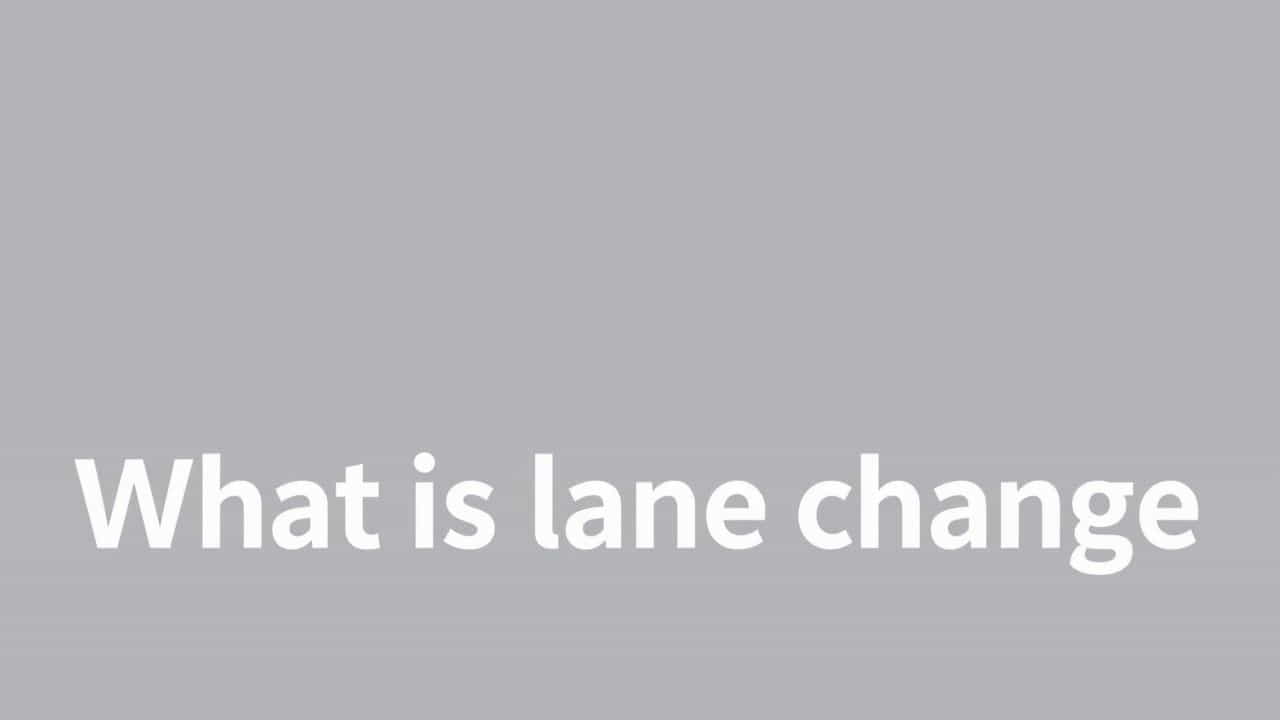A lane change winker is an automotive feature designed to improve safety and convenience when changing lanes. Also known as a one-touch turn signal, this function allows the turn signal to blink a few times with a single tap of the indicator stalk. It helps drivers communicate their intentions clearly to other road users, reducing the risk of accidents.
In this topic, we’ll explore how a lane change winker works, its benefits, and why it has become a standard feature in modern vehicles.
What Is a Lane Change Winker?
A lane change winker is a function in a vehicle’s turn signal system that allows the indicator to flash three to five times with a single tap of the turn signal lever. Unlike traditional turn signals that require the driver to hold or fully engage the lever, the lane change winker simplifies signaling for quick lane changes.
How It Works
-
Tap the turn signal lever lightly in the direction of the lane change.
-
The system automatically flashes the indicator three to five times.
-
After the set number of blinks, the signal turns off automatically.
-
If the driver needs continuous signaling, they can engage the turn signal fully.
This feature is particularly useful on highways and busy roads where drivers frequently switch lanes.
Why Is a Lane Change Winker Important?
1. Improves Road Safety
Signaling before changing lanes is crucial for preventing accidents. The lane change winker ensures that drivers communicate their movements clearly, reducing the risk of collisions.
2. Enhances Driving Convenience
With a single tap, the indicator flashes multiple times, allowing the driver to focus more on the road instead of holding the signal lever.
3. Reduces Wear on Turn Signal Components
Since the system automates the blinking, there is less mechanical strain on the turn signal switch, potentially increasing its lifespan.
4. Helps in Heavy Traffic Conditions
In high-traffic areas, quick and clear signaling is essential. A lane change winker makes it easier for other drivers to anticipate movements, leading to smoother traffic flow.
How to Use a Lane Change Winker Correctly
1. Check Your Surroundings
Before initiating a lane change, always check:
-
Rearview and side mirrors for vehicles approaching from behind.
-
Blind spots by turning your head slightly.
2. Activate the Lane Change Winker
-
Tap the turn signal lever lightly in the direction of the lane change.
-
Allow the indicator to blink three to five times before moving over.
3. Execute the Lane Change Smoothly
-
Gradually move into the desired lane once it is safe.
-
Avoid sudden or aggressive lane changes to prevent confusion among other drivers.
Common Questions About Lane Change Winkers
1. Can the Number of Blinks Be Adjusted?
Yes, in some vehicles, the number of indicator flashes can be adjusted through the vehicle settings menu or by a mechanic using specialized diagnostic tools.
2. Is the Lane Change Winker Standard in All Cars?
Most modern vehicles come equipped with this feature, but older models may not have it. Some manufacturers offer it as an optional feature.
3. Does It Work for Both Left and Right Turns?
Yes, the lane change winker works for both left and right lane changes, depending on which way the turn signal lever is tapped.
4. What If I Need to Signal for a Longer Duration?
If a driver needs the indicator to stay on longer, they should fully engage the turn signal lever instead of using the lane change winker function.
Vehicles Equipped with Lane Change Winkers
Many automakers include this feature in their vehicles, including:
-
Toyota
-
Honda
-
Ford
-
Volkswagen
-
BMW
-
Mercedes-Benz
-
Hyundai
If you are unsure whether your car has this feature, check the owner’s manual or look for it in the vehicle settings menu.
How the Lane Change Winker Improves Driving Behavior
1. Reduces Signal Misuse
Some drivers fail to use their turn signals properly, leading to confusion and accidents. A lane change winker encourages better signaling habits.
2. Minimizes Distracted Driving
Since drivers don’t have to hold the turn signal lever, they can keep both hands on the wheel, reducing distractions.
3. Encourages Predictable Lane Changes
When other drivers see the indicator flashing the correct number of times, they can better anticipate the lane change, making traffic movement smoother and safer.
A lane change winker is a small but valuable feature that enhances safety, convenience, and driving efficiency. By allowing automatic blinking with a simple tap, it ensures that lane changes are clearly communicated to other road users.
As vehicle technology advances, features like the lane change winker continue to improve road safety and driving comfort, making it an essential addition to modern cars.
